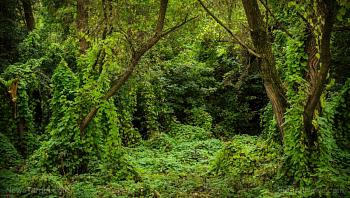Edibles in plain sight: 15 Common wild plants that are safe to eat
(Natural News) When you’re in the wild, the usual food sources may no longer be available. You’ll need to find your own food through hunting or foraging. These skills rely greatly on your knowledge of which foods you can eat. (h/t to AskAPrepper.com)
Aside from catchig fish and hunting wild animals, there are also wild plants that you can forage. These plants are rich sources of vitamins and minerals that can help you sustain yourself and increase your chance of survival. Here are some of the plants you can forage outdoors:
1. Acorns
Acorns are abundant in areas where mature oak trees grow. An ounce of acorns and bread have similar amounts of calories, along with fat. This makes them ideal sources of energy out in the wild.
Before eating them, make sure to leach out the bitter tannins. Simply mash up the acorns and run cold water through them, ideally in a stream or a river to save water. Keep repeating until the bitter taste is gone.
2. Berries
There are a lot of berries in the wild, but if you’re not familiar with the ones you do find, don’t eat them. Some varieties of berries are poisonous and require treatment first before consumption. If you find common berries like blackberries and raspberries, take those instead. Otherwise, it may not be worth the risk.
3. Cattails
Cattails usually grow near bodies of water. They are long, tall plants with brown cigar-shaped parts (the cattail) on the top.
Every part of the cattail can be consumed. Make a salad out of the lower leaves and roast the cattail for a meal. Its stems can be eaten raw or boiled. The roots also contain starch, which you can strip and chew. Just spit out the tough parts afterward.






